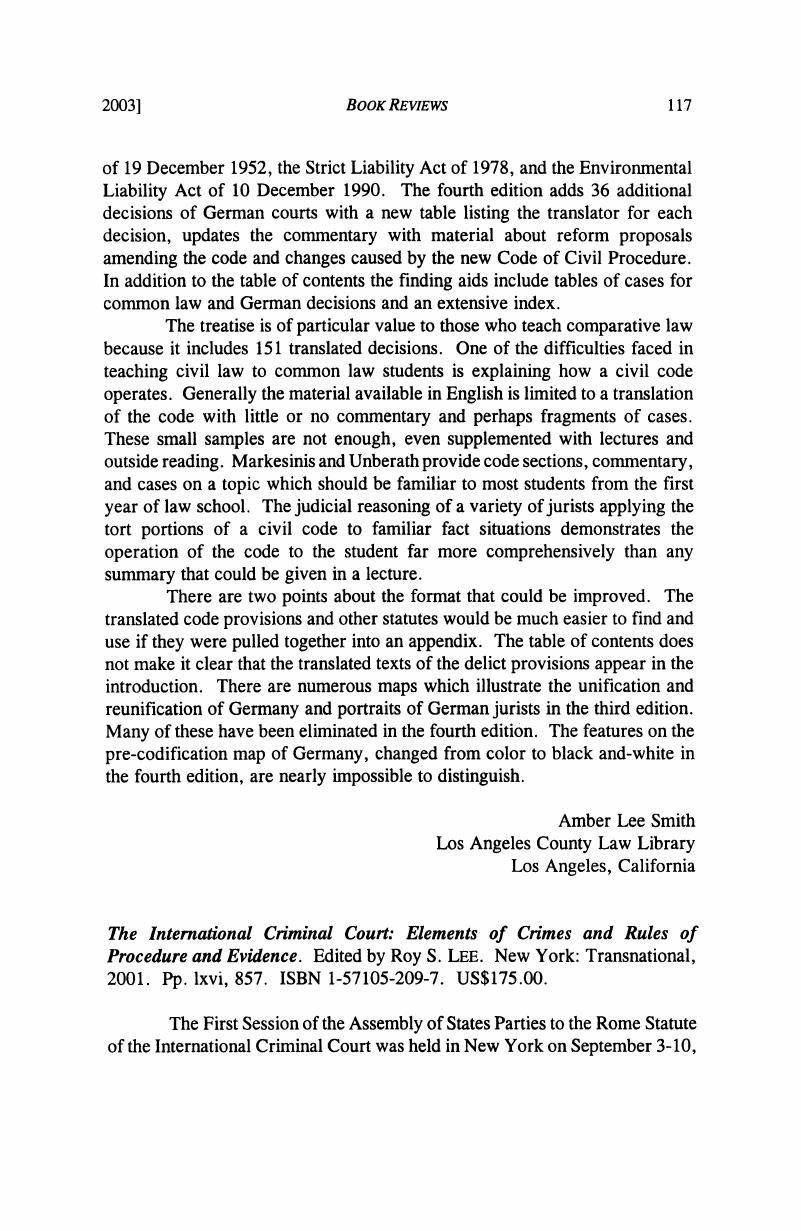8. The
Rules of Procedure and Evidence are organized into the following twelve chapters: 1. General Provisions; 2. Composition and Administration of the Court; 3. Jurisdiction and Admissibility; 4. Provisions Relating to Various Stages of the Proceedings; 5. Investigation and Prosecution; 6. Trial Procedure; 7. Penalties; 8. Appeal and Revision; 9. Offences and Misconduct Against the Court; 10. Compensation to an Arrested or Convicted Person; 11. International Cooperation and Judicial Assistance; 12. Enforcement.
Google Scholar 